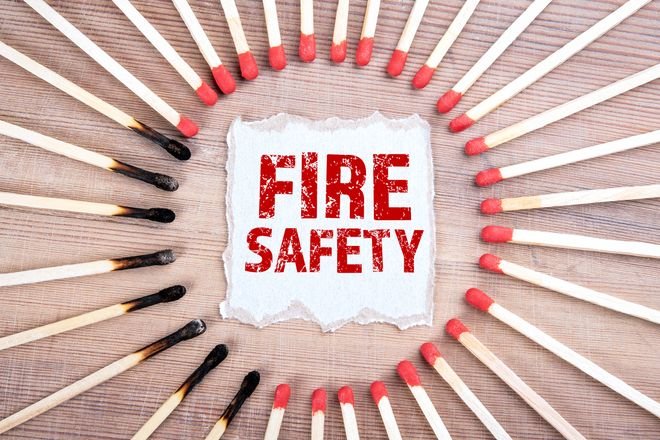Fire safety is a crucial aspect of workplace emergency preparedness. Ensuring employees are well-trained in fire safety training protects lives and minimizes property damage and business disruptions. In today’s fast-paced world, comprehensive training programs and transparent procedures are essential to maintaining a safe work environment.
The Importance of Fire Safety Training
Workplace fires can have devastating consequences, but many are preventable with proper knowledge and preparation. Here’s why fire safety training is vital for businesses:
- Life-Saving Skills: Employees learn how to respond effectively to a fire, including using fire extinguishers and identifying safe escape routes.
- Compliance with Regulations: Training ensures adherence to occupational health and safety laws, reducing the risk of legal penalties.
- Reduced Panic: A well-trained workforce is less likely to panic, enabling a more orderly evacuation.
- Property Protection: Quick and informed action can prevent fires from spreading, minimizing damage.
By investing in fire safety training, businesses demonstrate their commitment to employee welfare and operational continuity.
Key Components of Effective Fire Safety Training
To ensure its effectiveness, fire safety training should include the following elements:
- Understanding Fire Risks
Employees should learn about potential fire hazards in the workplace, including electrical equipment, flammable materials, and kitchen areas.
- Fire Prevention Measures
Training should emphasize preventive actions, such as proper storage of flammable items, regular maintenance of electrical systems, and adherence to safety protocols.
- Emergency Equipment Usage
Employees need hands-on training using fire extinguishers, fire blankets, and other emergency equipment. Knowing how to operate these tools can make a significant difference in containing a fire.
- Evacuation Procedures
Clear and practiced evacuation plans are essential. Employees should know the location of exits and assembly points and how to assist colleagues with mobility issues.
- Roles and Responsibilities
Assigning specific roles during an emergency, such as fire wardens, ensures accountability and efficiency.
Developing a Fire Evacuation Procedure
An effective fire evacuation procedure template is a cornerstone of emergency preparedness. Here are the steps to create one:
- Assess Workplace Risks
Identify potential fire hazards and assess how they could impact evacuation routes and procedures.
- Designate Evacuation Routes
Ensure all exits are clearly marked and easily accessible. Consider alternative routes in case primary paths are blocked.
- Establish Assembly Points
Designate safe locations where employees can gather after evacuating. These points should be far enough from the building to avoid danger.
- Communicate the Plan
Distribute the evacuation procedure to all employees and provide regular training sessions to ensure familiarity.
- Conduct Regular Drills
Practicing the evacuation plan helps employees respond quickly and confidently during a real emergency.
- Review and Update
Regularly review the procedure to account for changes in workplace layout, personnel, or fire safety regulations.
Leveraging Professional Expertise
Collaborating with fire safety professionals can enhance your training programs and evacuation planning. Experts can:
- Identify Hazards: Conduct thorough risk assessments to pinpoint potential fire threats.
- Provide Specialized Training: Offer tailored courses that address the specific needs of your workplace.
- Ensure Compliance: Help your business meet legal requirements and industry standards.
- Evaluate Procedures: Test and refine your evacuation plan for maximum effectiveness.
Conclusion
Fire safety training is not just a legal obligation but a business’s moral responsibility. It empowers employees with the skills and confidence to respond effectively during emergencies. Coupled with a well-crafted fire evacuation procedure template, training ensures a safer workplace and minimizes fire risks. Trusted names like First 5 Minutes provide invaluable support in implementing comprehensive fire safety measures, helping businesses protect their most important assets—people and operations.








